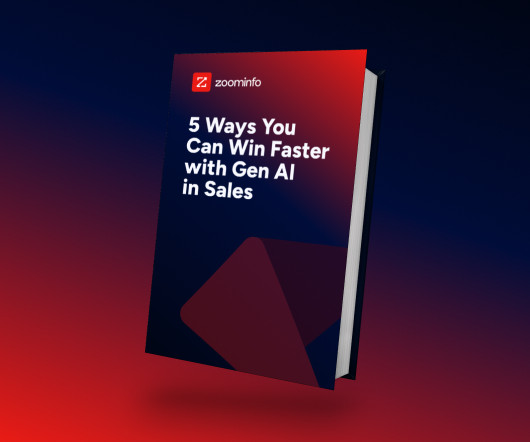How to Enforce MAP Pricing on Amazon
Wiser
JUNE 4, 2019
How can you enforce MAP pricing on Amazon? This is a question asked by countless brands and manufacturers, and it’s a good one. Marketplaces like Amazon are few and far between, and the sheer number of sellers, aggressive pricing tactics by Amazon itself, and consumer traffic make it both the best and the hardest place to sell. This is especially apparent in MAP pricing.











Let's personalize your content